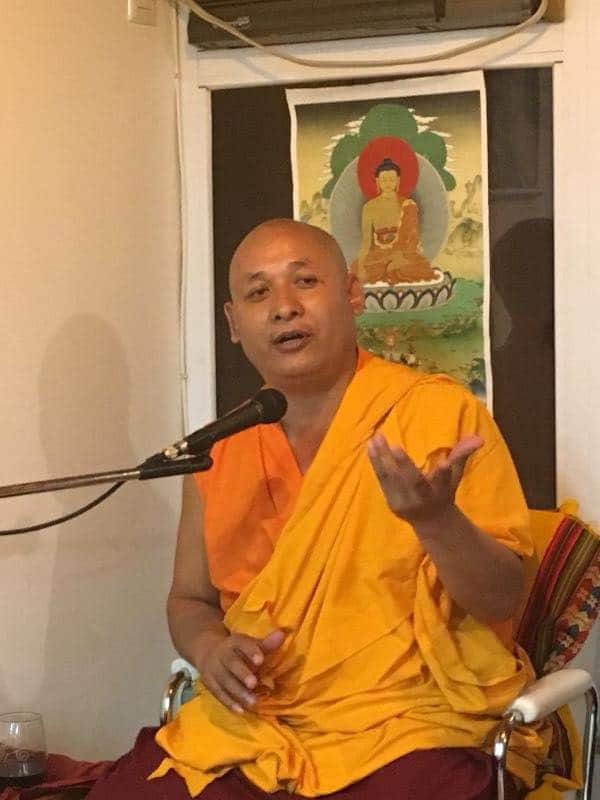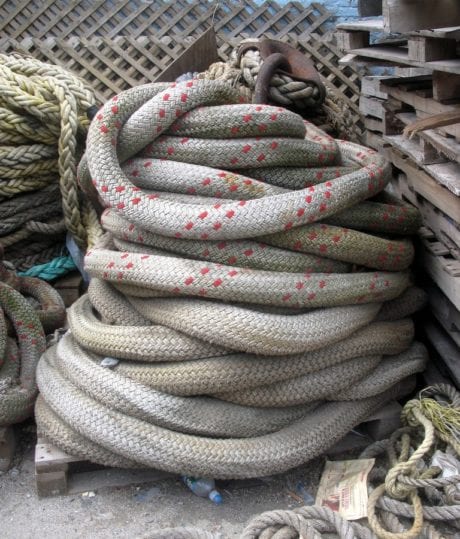Impermanence is Natural
Khenpo Gyaltsen Teaches on the Four Mind Changings: Part Two
Khenpo teaches in English and the instruction is translated into Portuguese. If you missed the first portion of this teaching on Change, you may access it here.
Khenpo Gyaltsen knows that discussions of impermanence can cause strange reactions. He begins his discussion here with a story. He had the experience of giving a talk on impermanence to a non-Buddhist audience. One young woman left a talk on impermanence saying it made her very sad. Our nature is impermanent. There is no reason to feel unhappy about it. We see it all around us in small things, don’t we?
What is the Meaning of Impermanence?
Impermanence means everything, including our life, is changing moment by moment. Khenpo gives the example of his hair turning white. This is obvious. We can see that. However, we don’t see that our lives are also becoming shorter. Instead, we celebrate our birthdays even though it shows that we are closer to death. It is funny if you think about it.
Impermanence: Why Do Things Change?
We should investigate why things change. Everything changes because they depend upon causes and conditions. Here, Khenpo reminds us that the Buddha taught that all compounded things are impermanent. Compounded things are interdependent. Birth relies on causes and conditions. And from that, old age and death follow. Sickness will also arise from conditions. We have no freedom from that because life depends on causes and conditions.
We do have some opportunities, however, to minimize the impact. If we reach the path of seeing, then we will not have much suffering even if we experience the conditions of sickness. Once we reach that stage on the path, then we do not have the usual suffering of death.
The Best Way Not to Fear Impermanence: Direct Realization of Emptiness
When we reach the path of seeing we have directly realized emptiness. But, we might ask why realizing emptiness would stop suffering. The reason is that suffering does not exist outside. We generate suffering through our thinking and our attachment. As an example, think about how we suffer during dreams. Many of us have suffered from nightmares, right? Or maybe we have become afraid because of mistaken perception.
The classic example here is when we enter a semi-dark area and we mistake a rope for a snake. We may even jump out of fear, but the rope is not going to bite us! We don’t fear the rope. And there is no snake there.
So why are we suffering? Because we are clinging to the idea of a snake. But once we turn on the lights, we understand immediately that there is no snake. We’ve realized the emptiness of the snake! This is not easy, Khenpo reminds us. We should try to give up our clinging, and we do this by realizing emptiness. We can stop suffering — it is just rope!
Change Brings Freedom
Khenpo teaches that practicing Dharma means changing. If we can change our wrong views — our clinging to things as real — then we can attain freedom from suffering. But if we can’t change our clinging, then we cannot find freedom. Sometimes we worry that this process will take so long. Yes, we need to accumulate three eons of great merit, but Khenpo gives us a tip and says not to worry. If we can realize emptiness at that moment in this lifetime, then we find freedom!












Responses
Thank you Khenpo Gyaltsen ????????????????????????????????????????????????